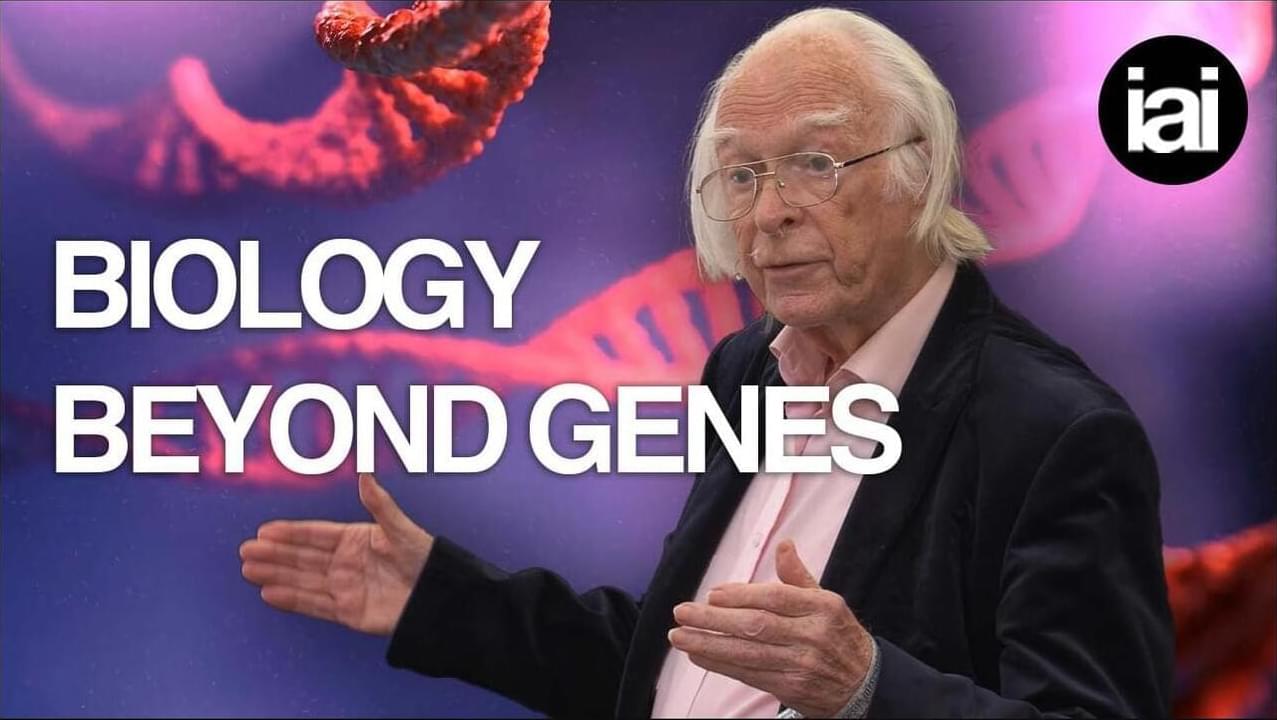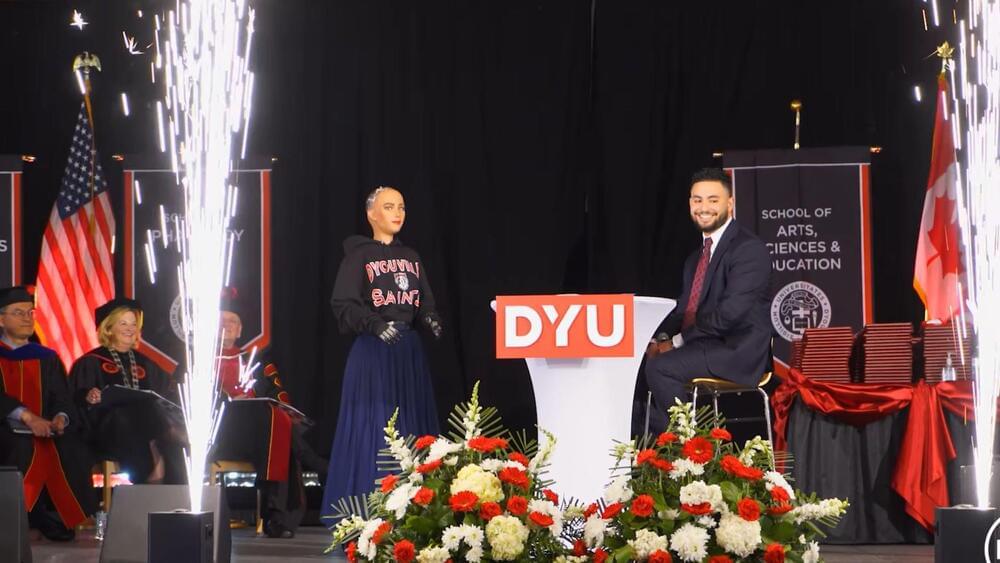May 18, 2024
A New AI Discovery Sure Looks Like the Dawn of True Machine Reasoning
Posted by Dan Breeden in category: robotics/AI
Language models are taking a significant step forward in understanding and executing abstract concepts.
Language models are taking a significant step forward in understanding and executing abstract concepts.
A trailblazer in the field of therapeutic genome editing, Fyodor D. Urnov’s research focuses on developing medicines for devastating genetic diseases.
The new research is the most accurate yet at predicting internal words:
Caltech’s researchers have developed a brain-machine interface capable of decoding internal speech, potentially transforming internal speech.

Denis Noble discusses common misconceptions in genetics. Are our genes really as deterministic as we think they are?Watch the full talk] at https://iai.tv/vid…

In this episode, we’ve embarked on an exciting journey into the heart of quantum cosmology, exploring Stephen Hawking’s revolutionary \.

AI humanoid robot Sophia delivers a historic commencement speech at D’Youville University, marking a new era in education and technology.
In good news for future animation figureheads, there might be a new way to revive frozen brains without damaging them. Scientists in China have developed a new chemical concoction that lets brain tissue function again after being frozen.
Freezing is effective at keeping organic material from decomposing, but it still causes damage. As the water inside turns to ice, the crystals tear apart the cells. That’s why frozen meat or fruit goes a bit mushy after it’s defrosted – but a bigger problem is that it also happens with organs or tissues chilled for transplant or research.
For the new study, scientists at Fudan University in China experimented with various chemical compounds to see which ones might work to preserve living brain tissue during freezing. They started by testing out promising chemicals on brain organoids – small, lab-grown lumps of brain tissue that develop into different types of related cells.
A battery made from zinc and lignin that can be used over 8,000 times has been developed by researchers at Linköping University, Sweden, with a vision to provide a cheap and sustainable battery solution for countries where access to electricity is limited. The study has been published in the journal Energy & Environmental Materials.
Two-terminal devices are electronic components connected to electrical circuits via two electrical terminals. Although these components are the key building blocks of most existing devices, they can limit a system’s performance and functions.
A team of AI researchers at AWS AI Labs, Amazon, has found that most, if not all, publicly available Large Language Models (LLMs) can be easily tricked into revealing dangerous or unethical information.
